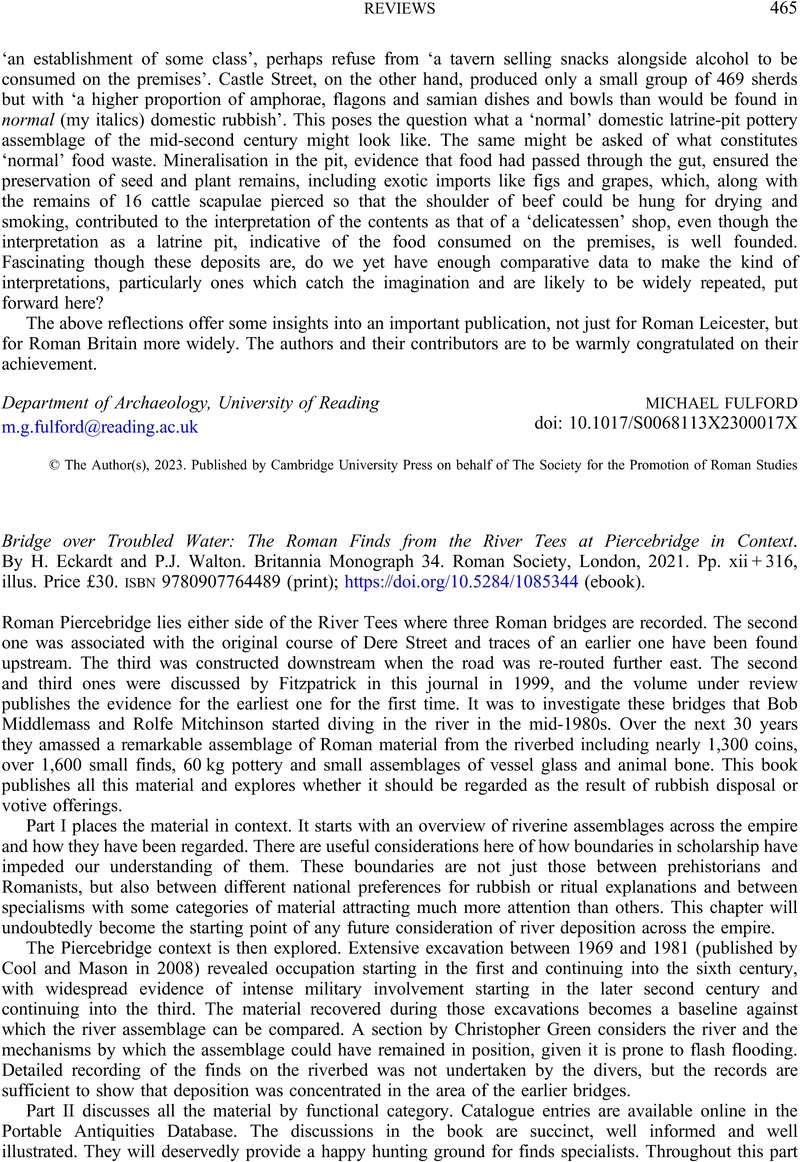Crossref Citations
This article has been cited by the following publications. This list is generated based on data provided by Crossref.
2023.
A Hoard of Early Roman Sestertii from the Region of Święta Góra in the Krucze Mountains, Poland.
Notae Numismaticae - Numismatic Notes,
p.
73.



